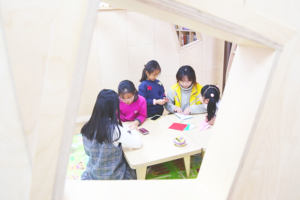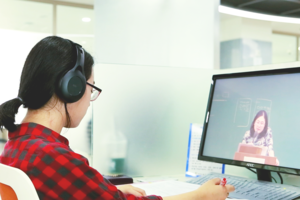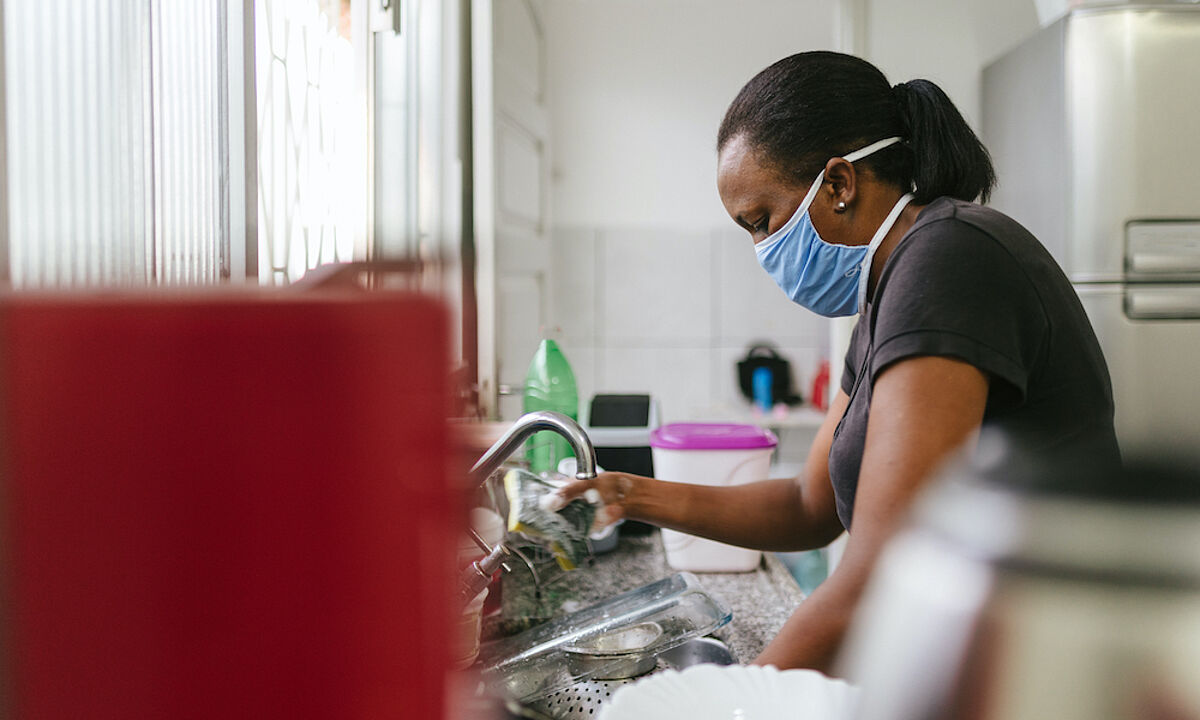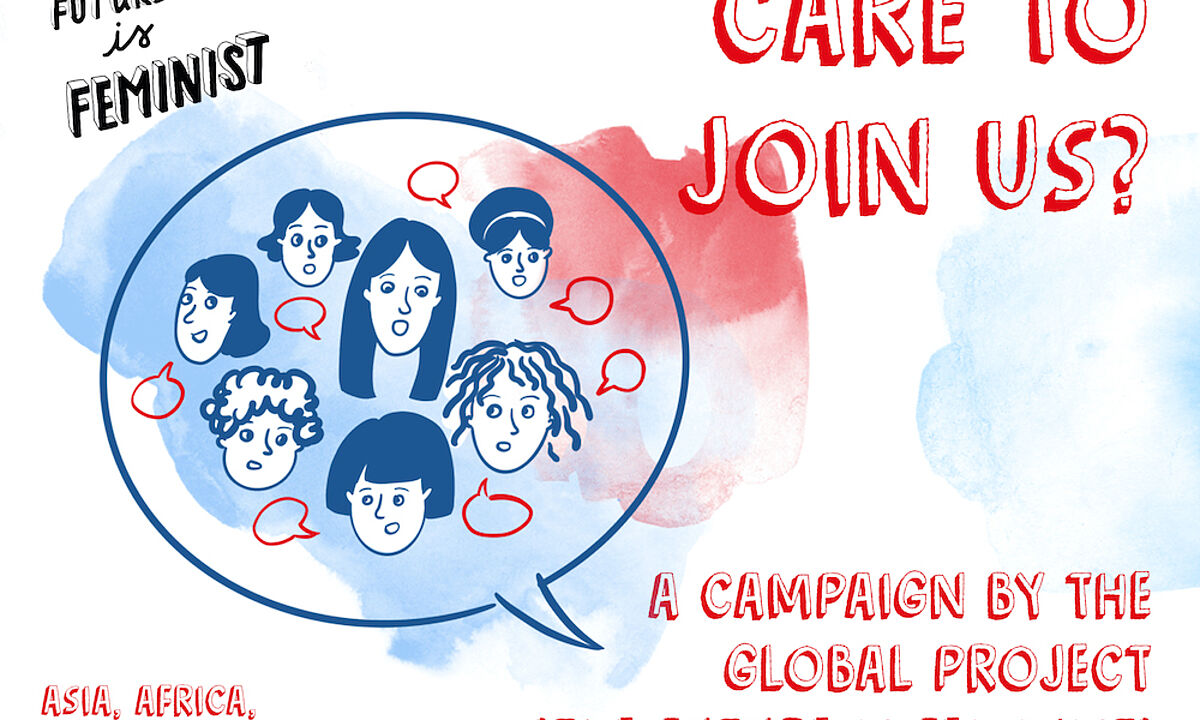Cities use UNESCO global network to share local measures on fighting the virus

Never before has the importance of lifelong learning been so evident. In order to limit the spread of COVID-19, governments around the world closed schools, leaving 1.3 billion learners in over 180 countries without their daily learning routine. However, learning does not only happen in schools.
Regardless of whether learning is taking place in parcs, community centres or libraries, UNESCO Learning Cities want to provide opportunities and learning spaces for people of all ages. We are beginning to see the enormous potential of online learning and how it may alleviate negative mental effects of isolation. Education for healthcare, improved functional literacy – lifelong learning in response to COVID-19 can cover these priority areas and more.
Connecting lifelong learning and resilience
Even prior to the current situation, the UNESCO Global Network of Learning Cities (GNLC) connected lifelong learning to resilience, aspiring to be prepared to shape a better and certainly different future where participation, sustainable solutions and partnerships form the ‘new normal’. The lack of planning and preparation for the outbreak has highly demonstrated the importance of resilience: the ability for communities and the citizens that comprise them to anticipate, cope, and adapt. The 173 UNESCO learning cities have worked hand in hand to share their solutions to not only providing learning during the pandemic, but also overcoming the crisis itself.
Starting with the lockdown in major European countries (as of mid-March), the GNLC began hosting weekly webinars in which cities, together with experts, could exchange ideas on contingency plans and measures taken. These included cities that had already passed the peak of the virus outbreak and were preparing for a recovery phase, as well as those that were waiting for the worst to hit. The cities mainly discussed the issue of learners being out of formal and informal education and explaining which measures, campaigns and partnerships worked best.

Rediscovering the importance of intergenerational learning
Some GNLC members reported rediscovering the importance of intergenerational, family and community learning, others shared concrete initiatives – such as the Colombian tele-health initiative coordinated by universities and medical schools, supporting the psychological health of local citizens, and which had a significant impact across the city. Or the Finnish city of Espoo explaining how to support culturally diverse populations by launching a chatbot service in many languages and offering multilingual counselling by volunteers and library staff.
In Kashan, Iran, awareness-raising measures included ‘We Stay at Home’ posters to encourage self-isolation, and the city of Seoul, Korea, planned to distribute interactive kiosks for literacy education is one attempt to increase digital competences of adult learners. As a sign for cooperation, other Learning Cities chose the GNLC to donate masks or hygiene kits.
New partnerships were fostered and evolved, such as the ones between local governments, universities, and expert groups.
As the mayor of the Korean UNESCO learning city of Gwangmyeong underlined in an interview with the UNESCO Institute for Lifelong Learning: “Through lifelong learning, Gwangmyeong has grown into a city with a great sense of citizenship. The efforts of citizens and social solidarity have been the greatest force in overcoming COVID-19”.
As cities needed to respond quickly to this emergency situation and rebuild for recovery, the GNLC webinar series outlined practical examples of local and national efforts to implement strategies for sustainable learning. The topics covered multidimensional themes such as reaching refugees and migrants, ensuring distance learning for the continuity of lifelong learning, as well as prison education during COVID-19. Each week, they were attended by 150 -500 representatives of cities and education ministries, as well as further education stakeholders.

The UNESCO Global Network of Learning Cities
The GNLC is coordinated by the UNESCO Institute for Lifelong Learning, one of eight UNESCO educational institutes and centres. It involves 173 active cities from 54 countries and is an international policy-oriented network providing inspiration, know-how and best practice. The network brings together local communities from all world regions which are committed to the implementation of lifelong learning.
UNESCO defines a learning city as a city that effectively mobilizes its resources in every sector to promote inclusive learning from basic to higher education; revitalizes learning in families and communities; facilitates learning for and in the workplace; extends the use of modern learning technologies; enhances quality and excellence in learning, and fosters a culture of learning throughout life. In doing so, the city enhances individual empowerment and social inclusion, economic development and cultural prosperity, and sustainable development.
About the author
Christina Drews is a Programme Specialist at the UNESCO Institute for Lifelong Learning. If you are interested in finding out more about the Institute’s work and the learning cities network, please visit their website.




